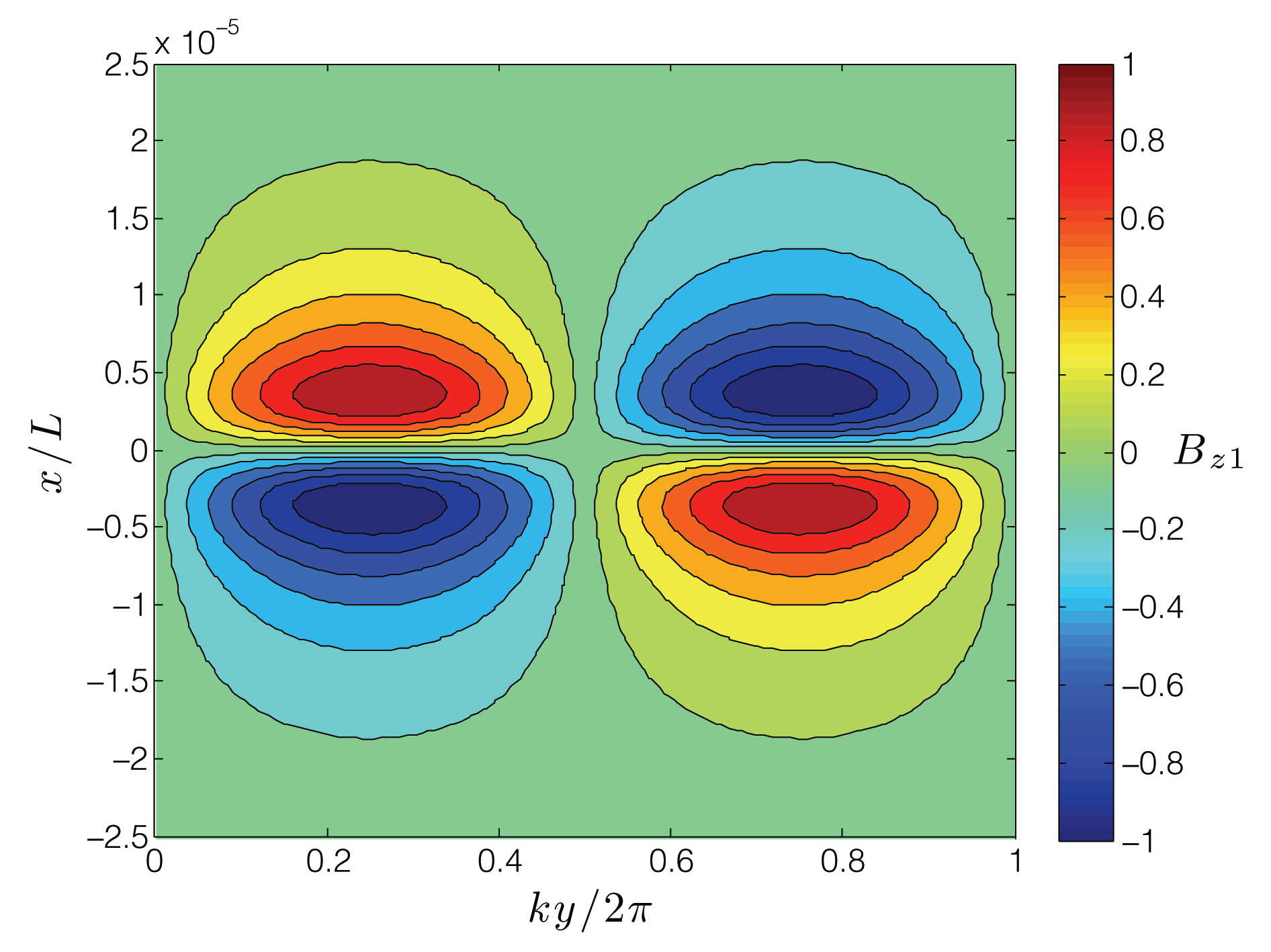
Magnetic reconnection is a process by which energy stored in the magnetic field of a magnetized plasma is converted, often rapidly, to kinetic energy in the form of plasma heating and flows. Magnetic reconnection is a fascinating plasma phenomenon that is responsible for spectacular natural events, such as solar flares, and magnetic storms in Earth’s magnetosphere (as well as the magnetospheres of other planets). In magnetic fusion experiments, such as tokamaks, magnetic reconnection can lead to deliterious effects such as setting off disruptions, and it is also often a key aspect to understanding the transport of energy and particles in these devices.
One of the longstanding questions in magnetic reconnection research has been that traditional models, such as the Sweet-Parker model, predict a reconnection rate that is far slower than the rate observed in weakly collisional plasmas (very hot plasmas). These models are based on resistive magnetohydrodynamics (MHD). It has since been realized that resistive MHD does not provide an accurate description of weakly collisional plasmas, and other extensions to treat these conditions generally predict faster reconnection rates. Another recent advance has shown that current sheets, which are often locations where reconnection onsets, are themselves unstable to secondary tearing instabilities, called plasmoids (even within the resistive MHD model). Our work in this area has extended the resistive MHD plasmoid theory (developed by Loureiro, Schekochihin and Cowley) to 3D [M2], and to less collisional regimes, including Hall MHD [M1] and collisionless kinetic theory.
Links
See awesome movies of magnetic reconnection on the Sun from SDO:
Solar dynamics observatory
Experiments:
Magnetic reconnection experiment (MRX/Flare) at Princeton
Center for Plasma in the Laboratory and Astrophysics (UW-Madison)
Publications related to this topic
| [M3] | Collisionless Kinetic Theory of Oblique Tearing Instabilities S. D. Baalrud, A. Bhattacharjee, and W. Daughton Physics of Plasmas 25, 022115 (2018) http://dx.doi.org/10.1063/1.5020777 [Reprint PDF], copyright notice1 |
| [M2] | Reduced Magnetohydrodynamic Theory of Oblique Plasmoid Instabilities S. D. Baalrud, A. Bhattacharjee, and Y.-M. Huang Physics of Plasmas 19, 022101 (2012) [Reprint PDF], copyright notice1 |
| [M1] | Hall Magnetohydrodynamic Reconnection in the Plasmoid Unstable Regime S. D. Baalrud, A. Bhattacharjee, Y.-M. Huang, and K. Germaschewski Physics of Plasmas 18, 092108 (2011) [Reprint PDF], copyright notice1 |
